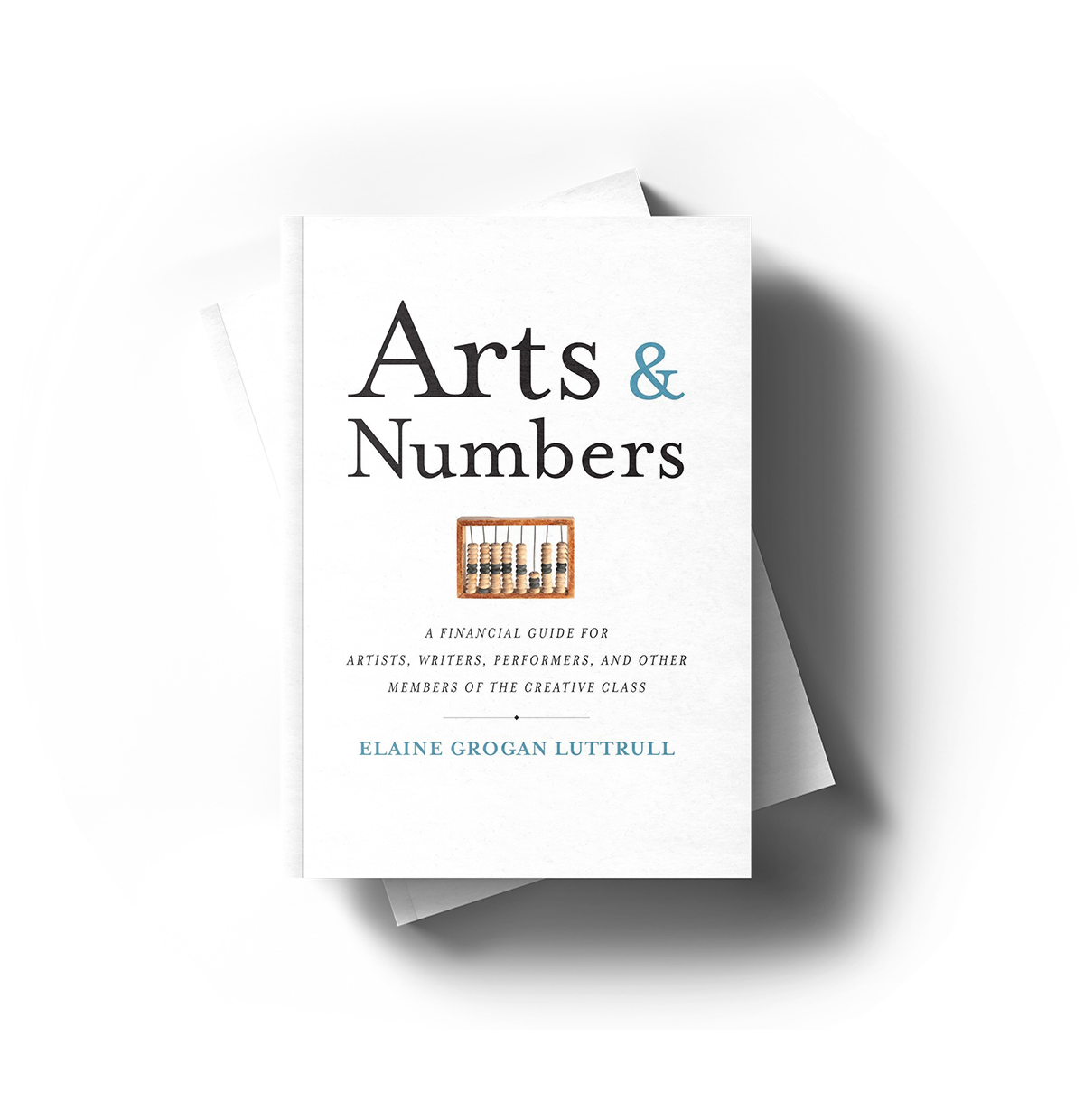October 31, 2016 • Arts Orgs

Summer 2005
It is really hard to manage time when things keep changing. And in a creative career, everything is always changing. Rarely do two projects look exactly the same. (Thank goodness.) Rarely do two clients want exactly the same thing. Rarely do two timelines unfold at the same pace.
But despite all the differences, there are consistencies. Not all the consistencies are identical. But they are all similar. And in those similarities, we can find efficiencies.
A Contract Template
Every project begins with a shared understanding. Depending on the type of creative work we pursue, the shared understanding may be with a client, a representative, a galleriest, a collaborator, or a funder. But there is always a shared understanding.
Memorialize that shared understanding, and your understanding of the next steps, funding expectations, and timeline. Memorialize it in writing. Whether it is a contract, a memo of understanding, a creative brief, or something else entirely, it is a concrete representation of the shared understanding.
Save a “template” of the memorialized understanding with places to enter standard information that will change from project to project. “Brand” the understanding using the same font style, logo, and color scheme you use in your portfolio, on your website, or anywhere else you are represented.
Use this file – the starting template – every time as the starting point for a new project, and save it using a standard file naming convention that you apply consistently across your business. Update the template to reflect terms and provisions you forgot in previous projects, and use it to memorialize your learning. As the number of projects you complete increases, so will your learning from those projects. Maybe you’ll add payment terms to the contract template (amounts due within 30 days, for example). Maybe you’ll add a cancellation provision. Maybe you’ll add a required, non-refundable deposit.
Each additional part you add to your template will represent a lesson learned. Congratulations. Your template keeps improving.
An Invoice Template
Every project ends at some point, sometimes with the final exchange of resources, sometimes with a final report, sometimes with a mutual parting of ways. Memorialize this ending in some sort of closure, for both you and your counterparty, either through a final invoice or a final report.
The final invoice or final report should reference the initial contract (or understanding) and confirm that each party has fulfilled its part of the understanding. These “bookends” (the initial contract and final report) are wonderful ways to bring a bit of structure to creative projects.
Save this template as well, and use it to enter standard information that will change from project to project. Like with the contract template, use a consistent “brand” throughout this file, including a consistent font, logo, and color scheme. And as with the contract template, you’ll want to update this file for lessons learned.
In addition to the final report, this template can be used for periodic project updates. It can also be used as an example to share with potential partners, and it can be used as an excuse to gather information midway through a process. Just follow your file naming convention to keep the pieces organized.
A Current Bio
You do some incredible things. And often you are too busy doing incredible things to update your biography to reflect the incredible things you’ve done. It’s one of the Catch-22’s of being a creative entrepreneur, especially one without a dedicated staff.
Set aside some time, at least quarterly, to update your resume, CV, website, and biography. But don’t wait for each quarter to add to the list. Whenever you finish a CV-worth project or accomplishment, whether it is the culmination of a big project, a patent in your name, a publication, or a prestigious workshop, add it to a file. Use what works for you: A shared Google document, an ongoing text or word processing file, a drop box list, or a cloud-based note program. This ongoing list doesn’t have to be pretty. It’s just for you.
And when you need to share your bio quickly, you’ll know exactly where to go.
This list might even be in the same file where your edited, highly polished biography lives. Know it, and refer to it often, so that when some one asks, it will take you virtually no time to read through the latest bio text and the new bullet points to see if there is anything crucial to add before sending your current bio along.
A Work-Around for Your Least Favorite Task
All month, we’ve been talking about time management. As you’ve been tracking your time and tracking your activities, you may have noticed you spend a lot of time on something that drives you crazy. Maybe it is coffee meetings where potential contacts “pick your brain.” Maybe it is the email merry-go-round of setting up appointments. Maybe it is a visceral reaction to email or social media alerts that interrupt your studio time.
Whatever it is, find a work-around. And if possible, standardize the work-around so you can use it over and over again, thus saving yourself time in the process. Perhaps it is a standard response to invitations to connect or a list of FAQ you can direct people to. Perhaps it is a calendar app that automates appointments on your schedule. Perhaps it is training those around you to accept slower responses during certain blocks of time.
Whatever it is, the point is to limit the amount of time you spend on the administrative part of your creativity, not because it isn’t important, but rather because there are efficiencies in standardizing important processes. And when we standardize these processes, we free our brains to pursue the very non-standard creative work we’d rather be doing.
Enjoy your efficiencies, and if you find something that works, let us know. We’d love to share your tips as well.


